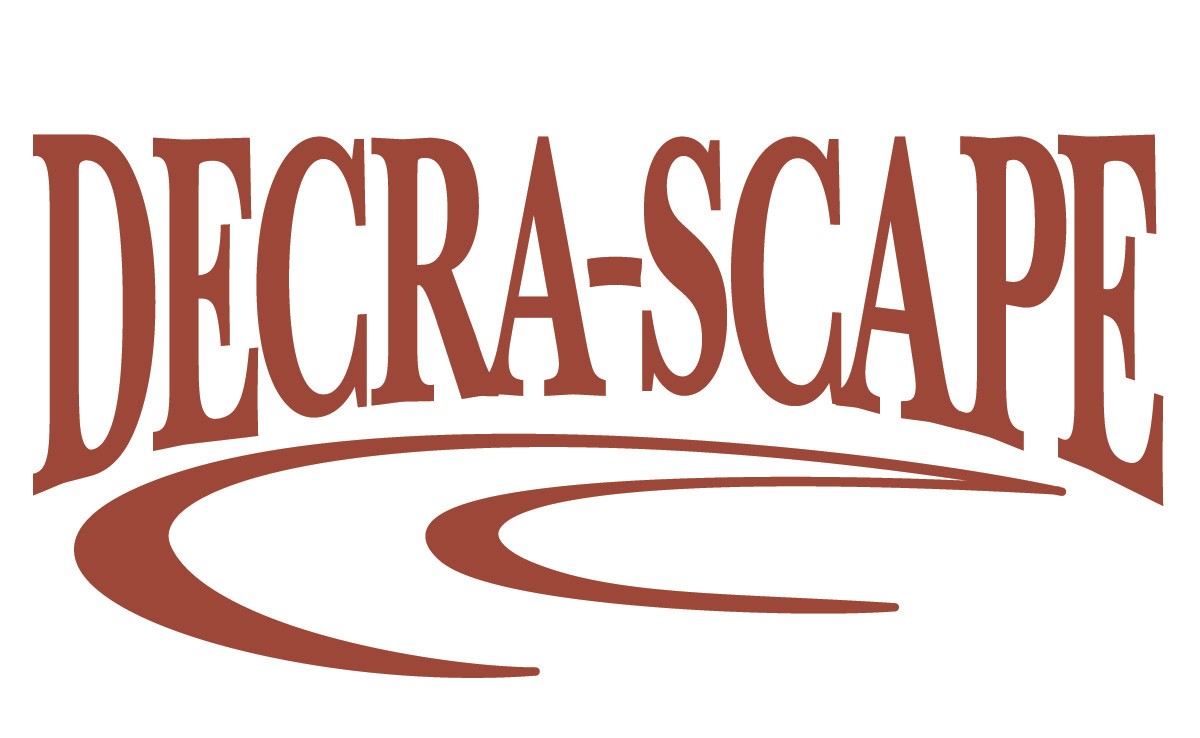Cobblestone or pavers? You might not think it to be the most crucial of landscaping questions, but the decision could greatly impact the look of your yards, walkways, driveways, and patios.
In this post, we’ll explore the differences between cobblestone and pavers, to help you better determine how each option might look and function in your own space.
What are Cobblestones?
Cobblestones are natural stones, often granite, that have been used for centuries to pave roads and walkways. These stones are typically irregular in shape and size, giving them a distinct, rustic appearance.
Imagine walking through a historic European village, where the narrow streets are paved with rounded, weathered stones—those are cobblestones. Their natural, uneven surface adds a sense of history and authenticity to any space.
Advantages of Cobblestones
Durability
Cobblestones are incredibly durable and can withstand heavy loads and harsh weather conditions.
For example, if you’re considering paving a driveway that will frequently bear the weight of heavy vehicles, cobblestones might be a great choice. They’ve been used for centuries in high-traffic areas, such as old city streets, because they can last for decades, if not centuries.
Aesthetic Appeal
Cobblestone offers a timeless, classic look that adds character and charm to any space. Their natural variations in color and texture make every installation unique.
Picture a charming garden pathway lined with lush greenery and flowers, with irregular cobblestones creating a quaint, old-world atmosphere.
Low Maintenance
Due to their durability, cobblestones require minimal maintenance. For example, in an area where winters are harsh and snow plows are common—hello, Michigan!—cobblestones are less likely to crack or chip under pressure, meaning fewer repairs over time.
Disadvantages of Cobblestones
Cost
Cobblestone can be expensive, both in terms of the material itself and the labor required for installation. So if you’re planning a large project, such as a driveway or an extensive garden path, the cost of cobblestones might be prohibitive compared to other materials.
Surface Irregularity
While the uneven surface of cobblestone adds charm, it can also be a drawback. Imagine walking on a cobblestone patio in high heels or pushing a stroller over a cobblestone driveway—the irregular surface can make these tasks more challenging, even dangerous.
Limited Design Flexibility
Cobblestones are less versatile when it comes to design options. If you have a modern home with sleek, clean lines, the rustic look of cobblestones might not complement your aesthetic as well as other materials.
What are Pavers?
Pavers are manufactured stones, typically made from concrete, clay, or natural stone, and come in a wide variety of shapes, sizes, and colors.
Pavers are designed to interlock, making them a versatile option for a range of outdoor applications.
Advantages of Pavers
Cost-Effective
Compared to cobblestones, pavers are generally more affordable. If you’re working on a tight budget but still want to create a beautiful patio or walkway, pavers offer a budget-friendly option without compromising on quality or appearance.
Read more about cobblestone alternatives
Design Versatility
Pavers are available in a vast array of colors, shapes, and patterns. Imagine a modern patio with clean, geometric lines and a color scheme that perfectly matches your home’s exterior. Pavers can be customized to achieve this look.
Whether you want a herringbone pattern, a classic brick look, or even a mosaic design, pavers offer the flexibility to create a space that reflects your personal style.
Read more about the best paver patterns for curved walkways
Ease of Installation
Pavers are uniform in size and shape, making installation quicker and easier. Easier installation tends to mean lower costs, so if you’re planning a project with a tight budget, pavers might be the better choice.
Maintenance and Repair
Pavers are relatively easy to maintain. Suppose a single paver in your driveway cracks or becomes damaged. It can be removed and replaced without disturbing the surrounding area, making repairs less costly and time-consuming.
Disadvantages of Pavers
Durability
While pavers are durable, they may not match the longevity of natural cobblestones, especially in areas with heavy traffic. For example, in a busy driveway where cars are frequently parked and turned, pavers might eventually shift or settle, leading to an uneven surface over time.
Color Fading
Pavers, especially those made from concrete, can fade over time due to exposure to sunlight and weather. Imagine a vibrant patio that starts to lose its color after just a few years; this can be disappointing if you’ve invested in a specific look.
Weed Growth
The joints between pavers can be prone to weed growth. For instance, in a garden pathway, you might find yourself regularly pulling weeds from between pavers.
Such ongoing maintenance can lessen your enjoyment of the space while detracting from the overall appearance of your landscape.
Choosing the Right Option for Your Project
When deciding between cobblestones and pavers, consider the specific needs and goals of your project:
Budget: If budget is a primary concern, pavers are likely the better option.
Aesthetic Preferences: If you’re looking for a timeless, classic look with a rustic appeal, cobblestones might be the way to go.
Project Scope: For large areas or projects requiring quick installation, pavers may be more practical due to their uniformity and ease of installation.
Longevity: If you’re paving a high-traffic area or a space that needs to withstand the elements for many years, cobblestones offer excellent durability.
Both cobblestones and pavers have their place in landscape and hardscape design. The right choice depends on your specific needs, budget, and aesthetic preferences.
Getting Started with Cobblestones or Pavers
Have more questions about cobblestones or pavers? We’d love to discuss the options with you. For more inspiration, check out our gallery of our work, read more on the Decra-Scape blog, or catch up with us on Instagram.




